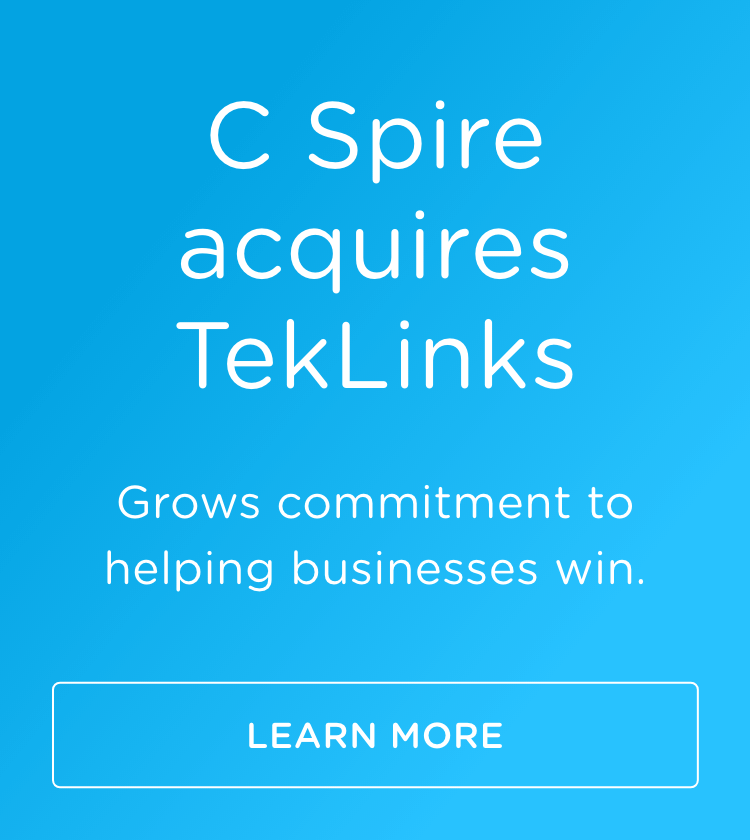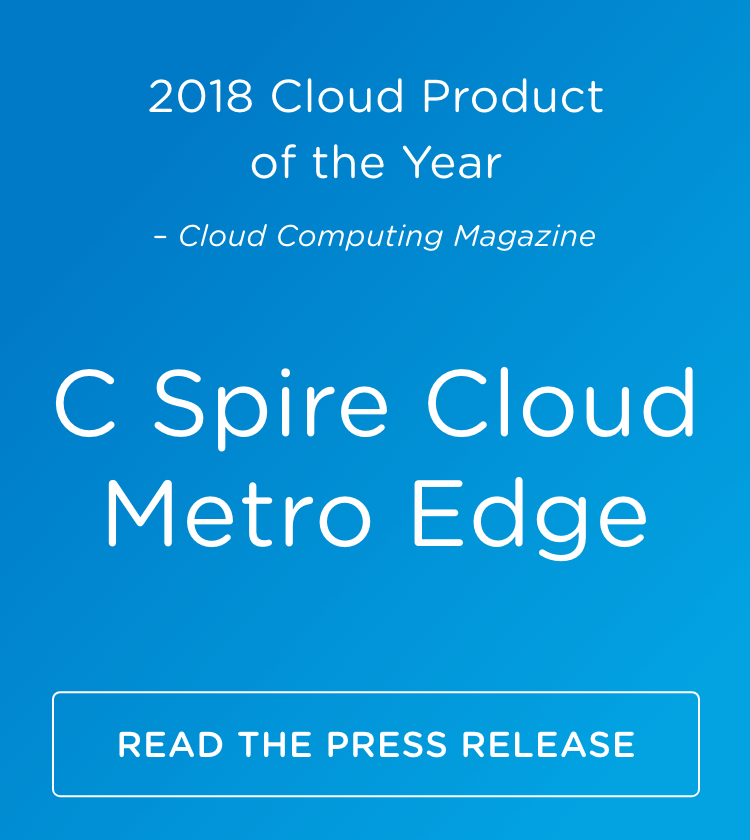
On October 14, 2025, the sun is going down on Windows 10’s side of town. For healthcare IT professionals, this looming deadline isn't just another date on the calendar — it's the finish line for a very complex migration marathon.
While a year to most may seem like plenty of time, you know better than anyone that moving an entire healthcare organization's data to a new operating system is no small feat.
It's a journey requiring proactive planning, meticulous execution, and plans B, C, and D in case something goes awry. Here are some useful migration tips and strategies so your healthcare organization doesn't skip a beat when Windows 10 sunsets.
The clock is ticking
The labyrinthine nature of healthcare IT infrastructure means that time is of the essence. Newer software may have trouble running older, sometimes custom-built, applications. Multiple rounds of testing and validation help reveal and resolve most bugs. Although this process can be time-consuming, dedicating adequate time to quality assurance ensures a smooth transition and protects data integrity.
Is outsourced IT right for your healthcare organization?
Navigating costs and timelines
Switching Windows 10 over to a new operating system is a significant undertaking — one that will require healthcare organizations to invest substantial amounts of time and resources. Here’s a rapid-fire list of the essential steps to successfully migrate from Windows 10.
Infrastructure assessment
- Evaluate hardware compatibility with Windows 11 requirements
-
- Ensure network hardware bandwidth is sufficient to maximize new data routing capability
Software and licensing
- Conduct application compatibility testing
- Budget for new Windows licenses and potential software upgrades
Security and compliance
- Invest in Windows 11-compatible advanced security tools such as data loss prevention
-
- Update network and system documentation, revise security protocols, and modify relevant policies to maintain compliance with the Health Insurance Portability and Accountability Act (HIPAA)
Operational continuity
- Develop strategies to minimize downtime during migration
- Prepare contingency plans for potential rollbacks
Staff development
- Implement targeted training programs for IT teams
- Design end-user training to facilitate seamless operating system (OS) adoption
Post-migration review
- Check data and network routing to ensure migration success
- Utilize IT tool resources for ongoing remote system monitoring, e.g. SIEM (security incident and event monitoring)
Bring clarity to the chaos
For an undertaking this big, effective project management is vital, so try to budget for specialized migration tools and expert consultants. Of course, with any change, there can be financial pushback, particularly in the healthcare industry where systems have long lifespans. The Federal Bureau of Investigation (FBI) reports that medical device hardware, such as pacemakers and insulin pumps, typically remain in use for 10-30 years.
Rachael Moys, a customer support manager at Payara, shared insights from her company’s experience working with healthcare organizations on performance testing in staging environments before full deployment: “Migrating healthcare data systems typically entails significant investments of time, money, and resources while potentially disrupting continuity, availability, and reliability. As a result, it is no surprise that many healthcare organizations are often reluctant to implement necessary changes, upgrades, and migrations — even when the current setups are far from optimal.”
The great data migration
Healthcare organizations manage vast amounts of sensitive patient data, requiring IT teams to carefully protect this information from unintentional exposure or cyberattacks. HIPAA mandates that data security safeguards be in place at all times, including during system updates and software transitions. "Migrating is terribly complex because you have to maintain integrity, security, and accessibility of sensitive medical records during the entire process, before [and] after the transition,” says Dr. Danielle Kelvas, physician advisor for IT Medical, “You've also got to plan against data loss, corruption, and unauthorized access — things that are so easy to occur during data migrations.”
In 2020, Keepnet Labs, a UK-based security company, reminded the world just how easy unauthorized access during migration can be.
The incident? A contractor temporarily disabled the company’s firewall for about 10 minutes during a server migration. What happened next showed how even a brief moment of vulnerability can have serious consequences — 5 billion data records were leaked, most being email addresses.
While email addresses may seem less sensitive than other forms of confidential information, they are still highly valuable to cybercriminals. Threat actors can exploit email addresses for a range of malicious purposes, including orchestrating ransomware attacks, deploying targeted phishing campaigns, and attempting identity theft through reverse online search tools to reveal even more personal data.
Another large-scale attack occurred in 2024 when hackers accessed Change Healthcare’s Citrix remote service using stolen credentials, which they gained by exploiting the company’s lack of multi-factor authentication. UnitedHealth, which owns Change Healthcare, ended up paying a reported $22 million ransom for the cyberattackers to delete the data. The hackers kept both the ransom and stolen data. Better monitoring of application servers could have provided Change Healthcare with an earlier warning of the breach.
Streamline your Windows 10 migration with C Spire
As you wave goodbye to Windows 10, C Spire is here to support all your healthcare IT service needs. Count on a team of over 200 highly certified engineers with decades of experience to deliver advanced security solutions that are perfect for the healthcare sector. By choosing C Spire, you’re getting a partner that understands HIPAA, helps protect sensitive patient data, and minimizes disruptions to your critical operations.
Want to learn more about how C Spire can support your Windows 10 migration? Reach out for a free healthcare IT consultation today.

















